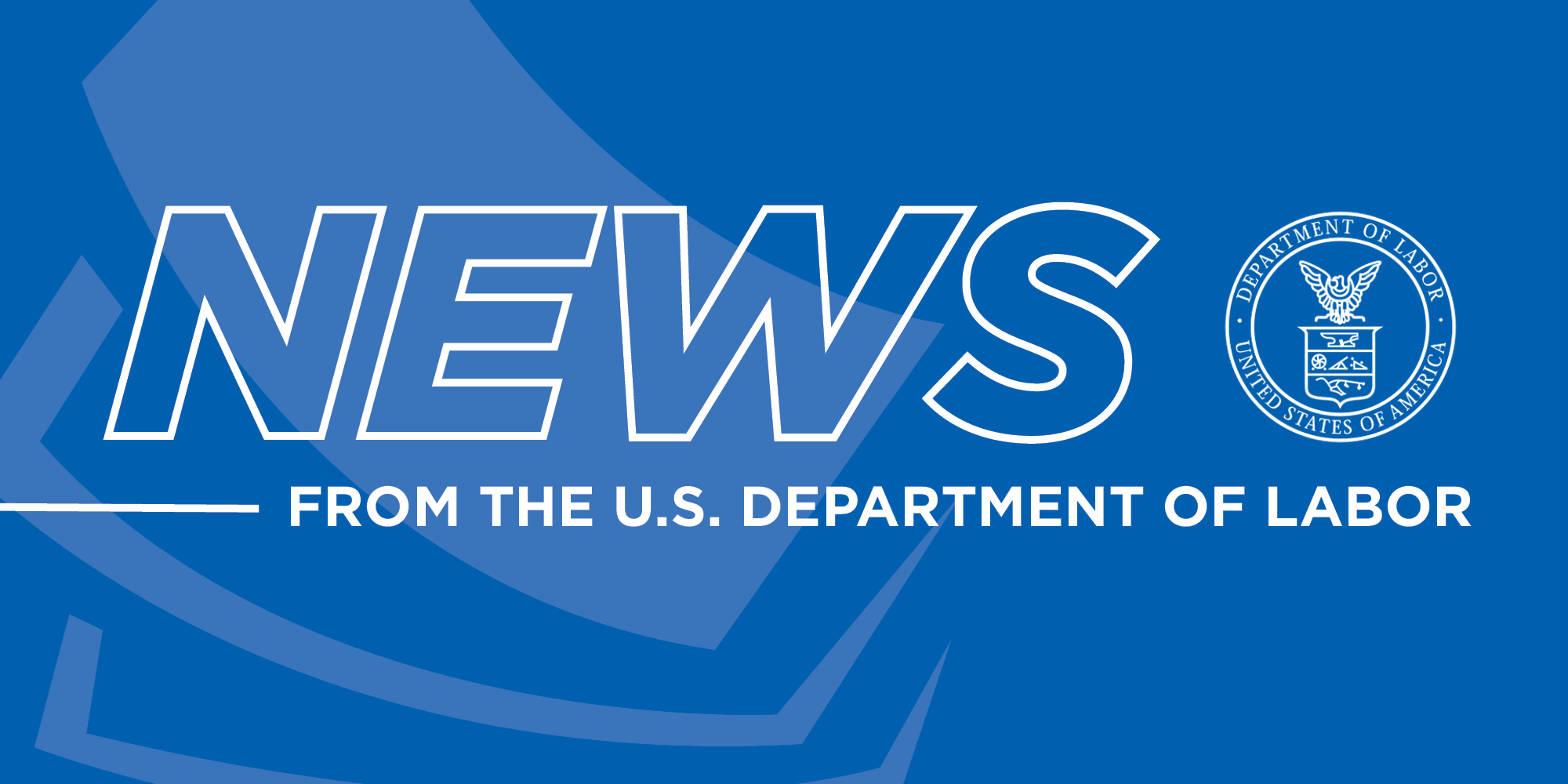Result in 70 significant and substantial violations, 11 unwarrantable failure findings
WASHINGTON – The U.S. Department of Labor announced today that its Mine Safety and Health Administration completed impact inspections at 16 mines in 10 states in July 2024, issuing 239 violations and one safeguard.
The agency began conducting impact inspections after an April 2010 explosion in West Virginia at the Upper Big Branch Mine killed 29 miners.
MSHA’s impact inspections since 2023 have identified 4,314 violations, including 1,189 significant and substantial and 82 unwarrantable failure findings. An S&S violation is one that could contribute in a significant and substantial way to the cause and effect of a safety or health hazard. Violations designated as unwarrantable failures occur when an inspector finds aggravated conduct that constitutes more than ordinary negligence.
The agency conducts impact inspections at mines that merit increased agency attention and enforcement due to poor compliance history; previous accidents, injuries, and illnesses; and other compliance concerns. Of the 239 violations in July 2024, MSHA evaluated 70 as S&S and 11 had unwarrantable failure findings. The agency completed these inspections at mines in Idaho, Illinois, Indiana, Kentucky, Maine, New Mexico, Pennsylvania, Utah, West Virginia and Wyoming.
“July impact inspections resulted in a troubling number of unwarrantable failure findings, representing serious safety and health hazards that operators knew put miners at risk and should have corrected,” said Assistant Secretary for Mine Safety and Health Chris Williamson. “Impact inspections remain an important tool to hold operators accountable and eliminate hazards such as combustible materials near belts, hazards that history shows can unfortunately cause mine fires and lost lives.”
The details of two July 2024 impact inspections at mines in Utah and West Virginia are as follows:
Gentry Mine #3: Operated by Gentry Mountain Mining LLC in Emery County, Utah, this underground coal mine was selected due to its poor compliance history. After inspectors arrived at the mine on July 16, 2024, MSHA personnel monitored the mine’s communication system until inspectors reached underground work areas. MSHA inspectors identified 23 violations of mandatory safety and health standards, including six evaluated as S&S. Specifically, inspectors found the following conditions:
- Accumulations of combustible materials found throughout the mine, particularly on and around belt conveyers. Inspectors found accumulations of loose coal and coal fines – approximately 30 feet long, 6 feet wide and 2.5 feet deep under the head roller of one belt conveyor. The belt conveyor was operating at the time of the inspection, exposing miners to fire and explosion hazards.
- Numerous electrical hazards were identified throughout the mine. For example, inspectors found a hole on the side of a belt conveyer’s drive system, exposing miners to a potential 480-volt electrocution hazard. MSHA reminds all coal mine operators that safety standards require frequent examination, tests, and proper maintenance of electrical equipment to ensure safe operating conditions and to remove potentially dangerous electrical equipment from service until an unsafe condition is corrected.
Belcher Branch: Operated by Frontier Coal Co. in Wyoming County, West Virginia, this coal mine was also selected for an impact inspection due to its enforcement history. Between July 1, 2023, to June 3, 2024, MSHA issued 334 violations at this mine, including 13 unwarrantable failure orders. In July 2024, inspectors cited 20 violations of mandatory safety and health standards, including 11 evaluated as S&S and eight unwarrantable failure findings. Specifically, inspectors found the following conditions:
- MSHA issued an imminent danger order the first day of its impact inspection after finding an extremely hot and smoking tail pulley bearing on a belt conveyor. To protect miners from the imminent fire and explosion hazard, miners were immediately removed from the mine. Inspectors found other conveyor bearings also overheating in the mine, leading them to issue unwarrantable failure orders due to the operator’s aggravated conduct.
- Mine management failed to ensure that fire warning systems operated properly along the belt conveyors exposing miners to fire and explosion hazards.
- Many of the violations identified in the impact inspection were associated with conditions caused by the mine operator’s failure to comply with MSHA requirements to conduct adequate examinations. MSHA remains vigilant in ensuring operators adequately recognize and correct hazards, and record corrective actions, especially where a reasonable likelihood of injury exists.
- MSHA inspectors also cited violations after finding the mine operator failed to comply with its approved ventilation plan, permitted unsupported roof and ribs, failed to repair automatic fire sensors and did not properly maintain several belt conveyors to ensure safe operating condition. For example, inspectors observed belt air traveling toward the working section and accumulations of combustible material near ignition sources along the belt entries. These conditions exposed miners to hazards related to fire, explosion, smoke inhalation, carbon monoxide poisoning, and falls from roof and ribs.
Learn more about MSHA.
View MSHA monthly impact inspections results, including those for July 2024.

